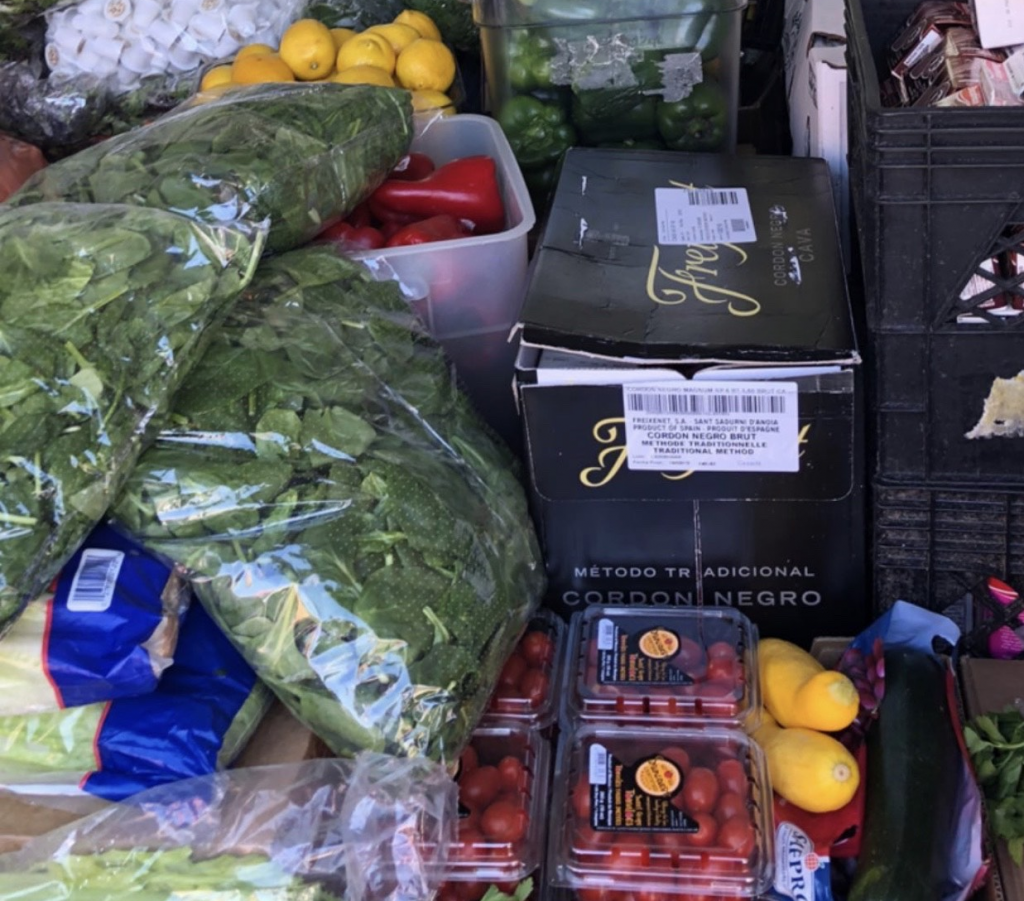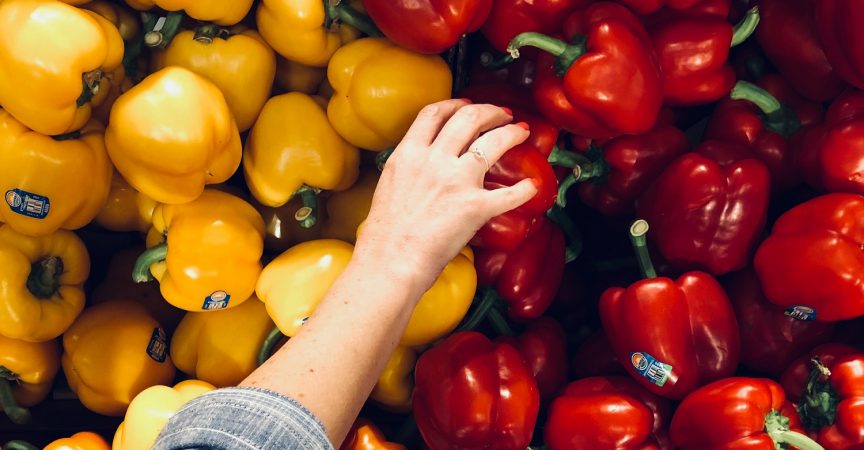Food for Life is Feeding the Hamilton and Halton Community with Help from Local Restaurants
Food insecurity has become a major issue as our entire community deals with the challenges of these unprecedented times. Unfortunately, both the need and expenses have risen.
Food for Life is the collaborative leader in sourcing, sorting and sharing fresh food in Halton Region and Hamilton. Through 107 Food for Life programs and agencies, they serve more than 18,000 people struggling with hunger each month. In 2019, over 4 million pounds of food was collected and distributed.
The Food for Life food sharing system not only supports other charities (like traditional food banks) but also directly helps community members in need through volunteer-led neighbourhood markets in partnership with other organizations.
While the need for food is always present, demand has grown in the wake of the COVID-19 pandemic due to the practical considerations of life in quarantine, as well as the general atmosphere of fear. Graham Hill, Executive Director of Food for Life states: “While early, we have seen early increases of 30 per cent. This is growing and we expect this need will continue until the economy is recovered, perhaps up to 24 months.”
As restaurants have adjusted to this ‘new normal’, Food for Life has also had to pivot their efforts. “We are seeing students at home and not having access to school nutrition and weekend programs – we have created partnerships with local agencies to be able to cover these needs,” says Graham Hill.
They are continuing to serve by moving to a delivery model, pre-bagged system as well as the Good Soup Program that quickly turns large bulk donations into soup to help extend the harvest and get accessible ready to eat meals out to isolated seniors, children at risk, and those that are living in unstable environments. Because of this, Graham also points out that their needs have moved to areas they could never have expected such as: food grade bags, soup containers, labels, and cleaning and hygiene supplies.
With all this in mind, funding and donations are being utilized to keep the Food for Life trucks on the road, hiring additional employees for the warehouse, as well as additional cleaning and sanitizing measures.
The Hamilton and Halton area restaurants have been “incredible” in their support of Food for Life, according to Graham. With adjusted hours or temporary closures, some local restaurants were left with a surplus of product and produce. In addition to donating this surplus to Food for Life, many restaurant partners have used their social media platforms to encourage their customers to consider making monetary donations if they are able to.
“We’ve also had a partner open their kitchen and the use of their chefs for our Good Soup Project – using rescued food to repurpose into soup,” explains Graham. “We are trying hard to find ways to help support our restaurant community, the first step towards this was the Good Soup Program. We turned around this program in about a week and a half and our first wave of this program will generate more than 80,000 litres of good soup, with more on the way.”
Graham says it best: “The restaurant world has shown up in spades and helped us continue to get good food out to our friends and neighbours.”
One such restaurant partner is The Pump Hospitality Group. The Pump Group consists of five restaurants and three different brands. Their restaurants are located in Mississauga and Burlington. As the dine-in closure was announced, The Pump switched to takeout and delivery service for a few days but then made the decision to shut down completely temporarily. This meant that there was a surplus of produce and product in their restaurants.

Fortunately for The Pump, they will actually be relaunching their takeout and delivery this April at two locations however at the time, left with produce that would otherwise go to waste, Scott Bonikowsky, Chief Commercial Officer of The Pump Hospitality Group reached out to Food for Life.
Scott continues: “We loaded up our catering van with as many perishables as we possibly could. We ended up donating about 1,000 pounds of fresh produce and dairy between Food for Life and another organization.”
For restaurants also looking to make a donation or get involved, consider donating food that has some shelf life on it and that is whole and unopened. Interested operators can check out foodrescue.ca where they can register to receive information on safe food handling information and procedures. Restaurants Canada has also compiled resources and insights from Canada Food Safety Group on how to approach donations (and deliveries) to ensure food is safe for consumers and partners.
Graham continues to sing the praises of the restaurants that have supported Food for Life: “We have received some wonderful food that is ready to share from local restaurants of all sizes and varieties. Some have even added a donation feature to their takeout ordering system to raise funds for us while they struggle to keep the lights on, it is truly inspiring!”
Scott explains why they were so moved to become involved with Food for Life, “We are nothing without our communities, they are the reason we exist. While we have faced challenges from COVID-19, it is nothing compared to the devastating effects on our community. For the most vulnerable in our society, those impacts are profound so doing a little bit extra to help out was an easy decision.”









